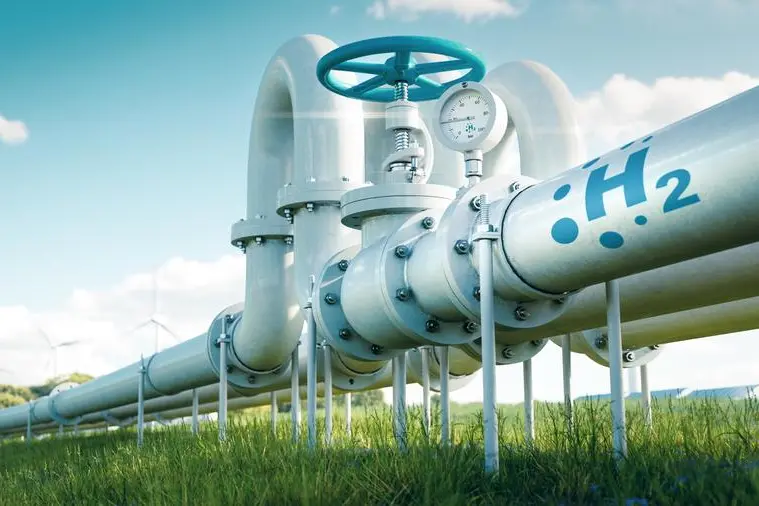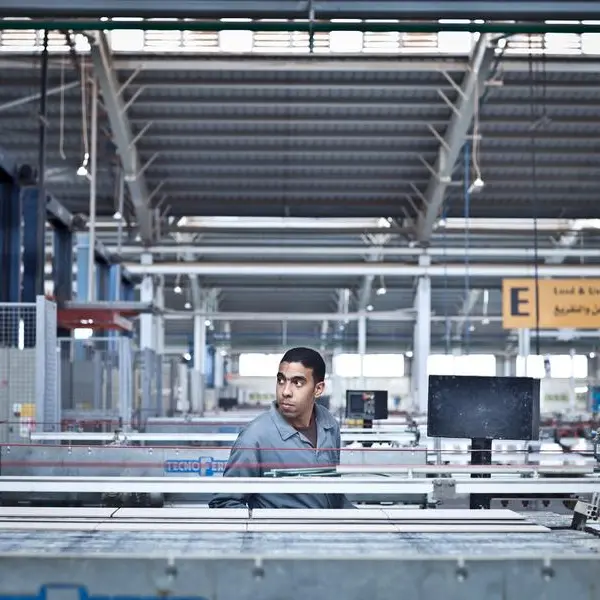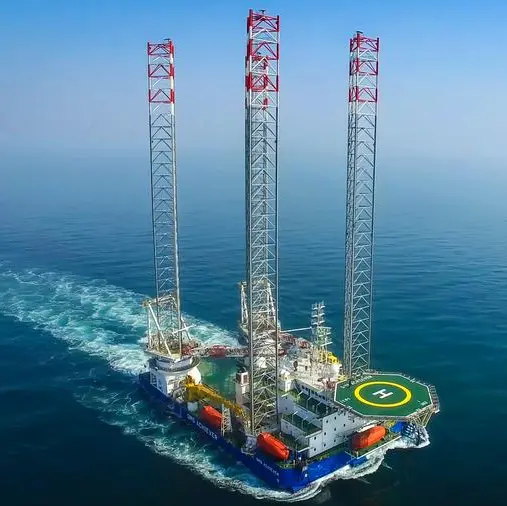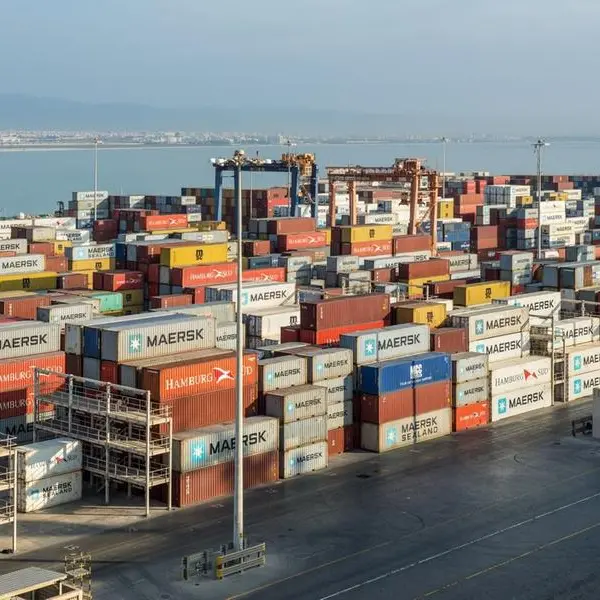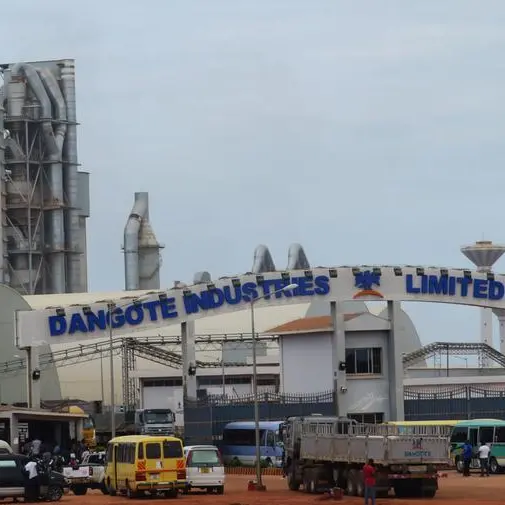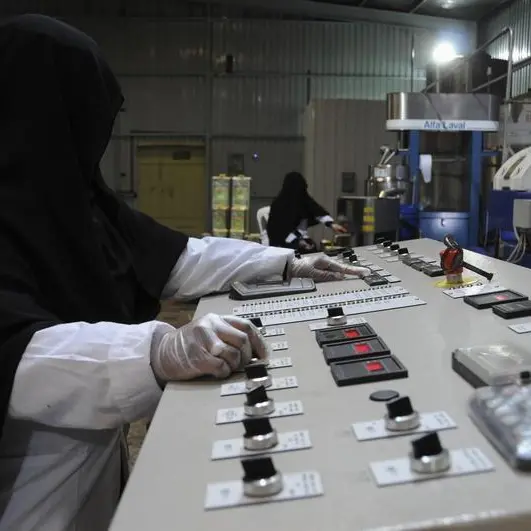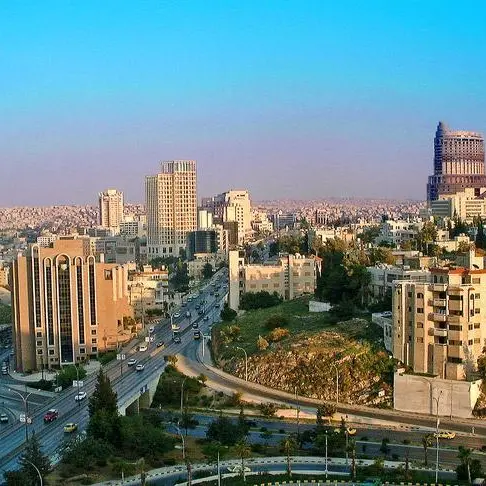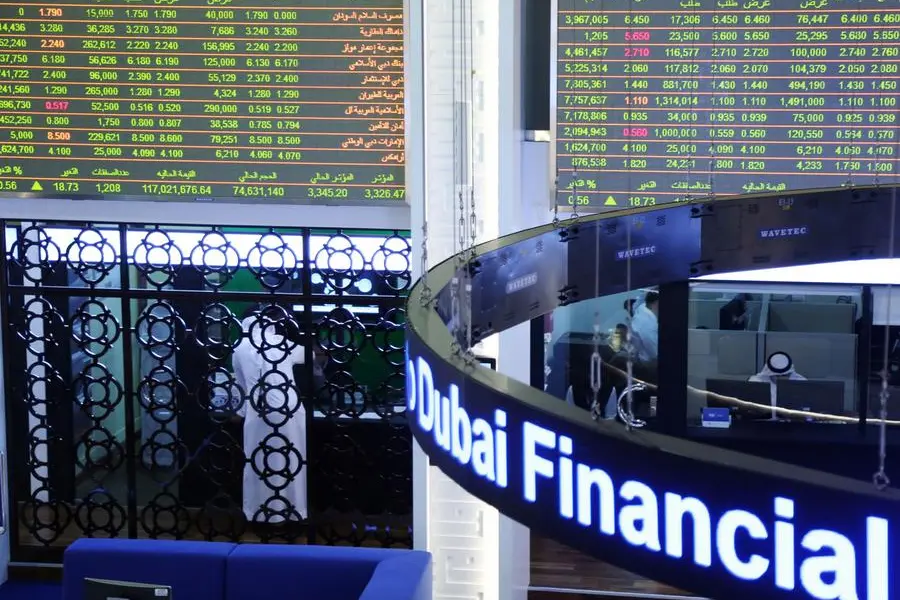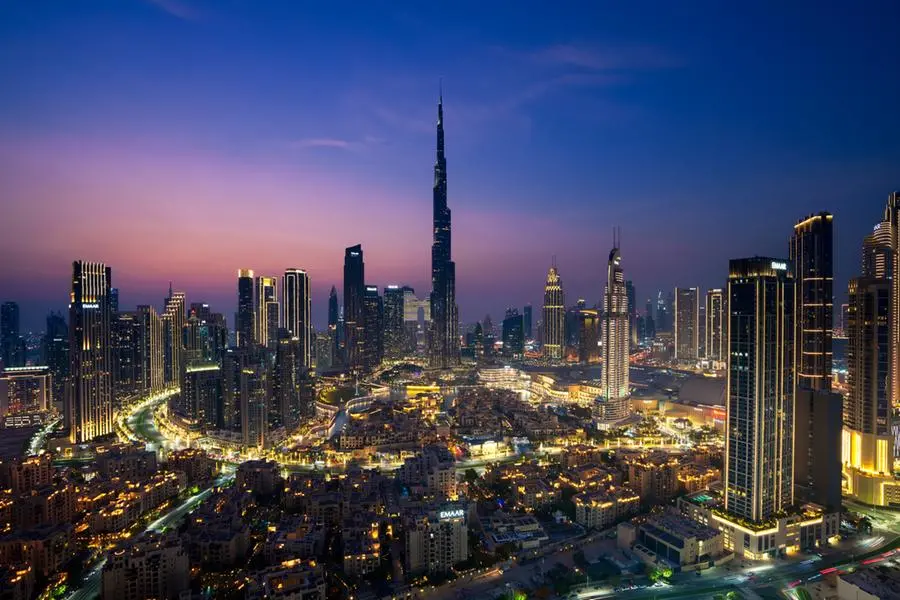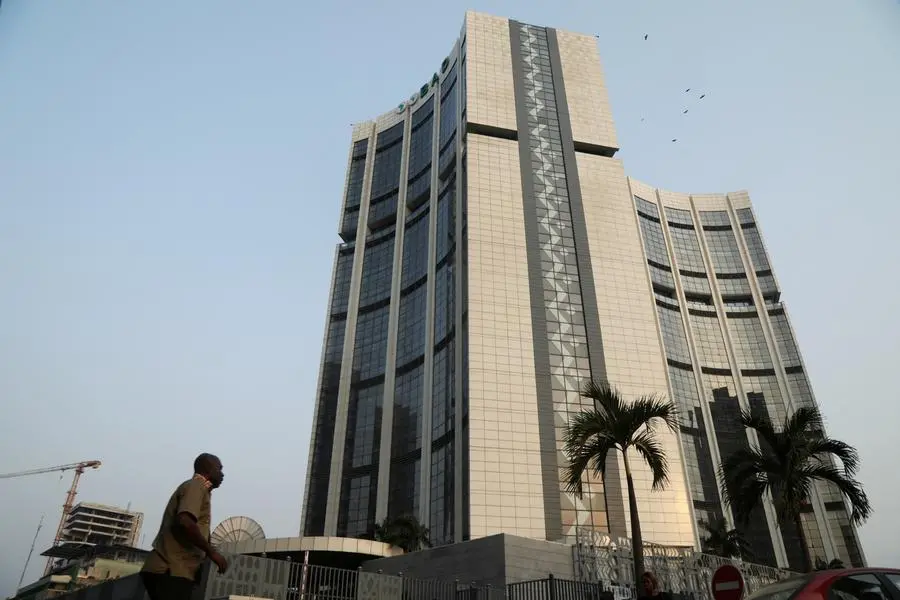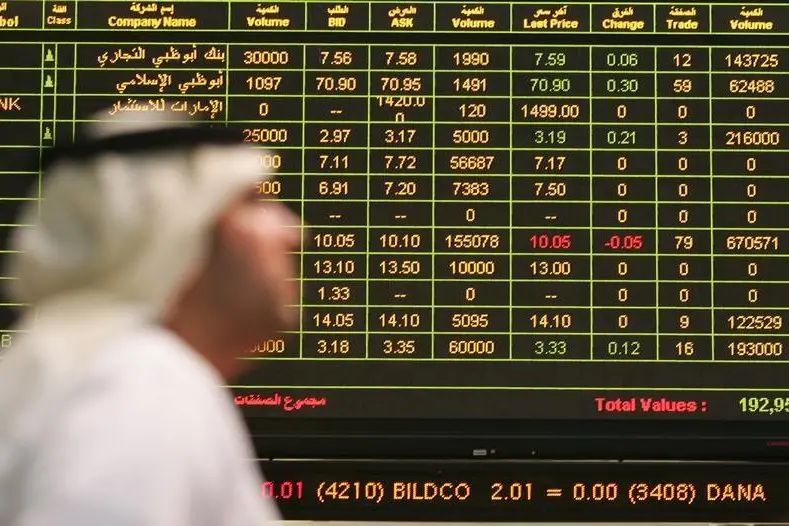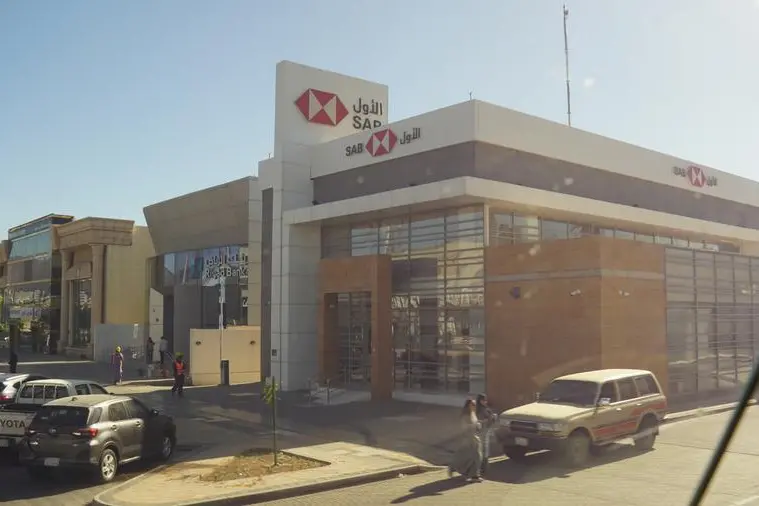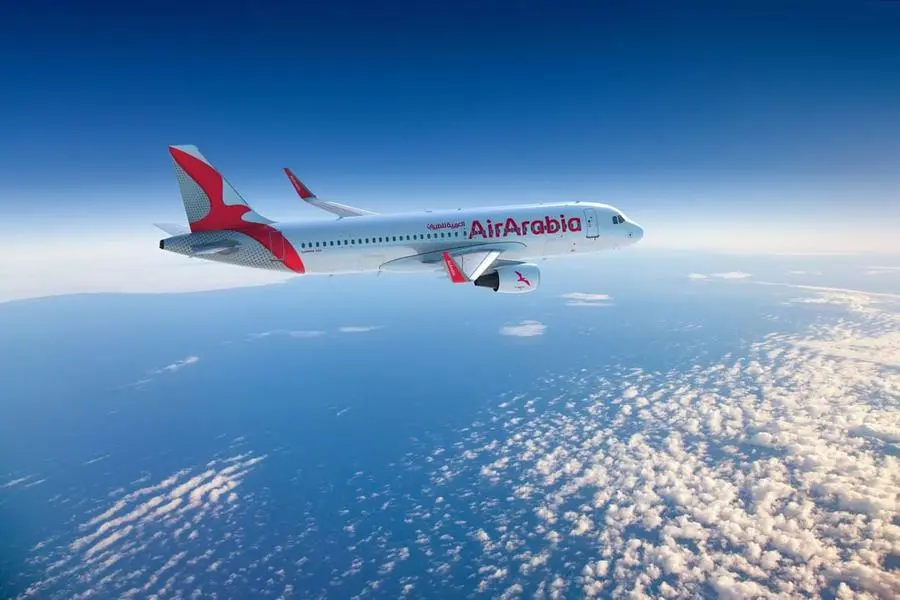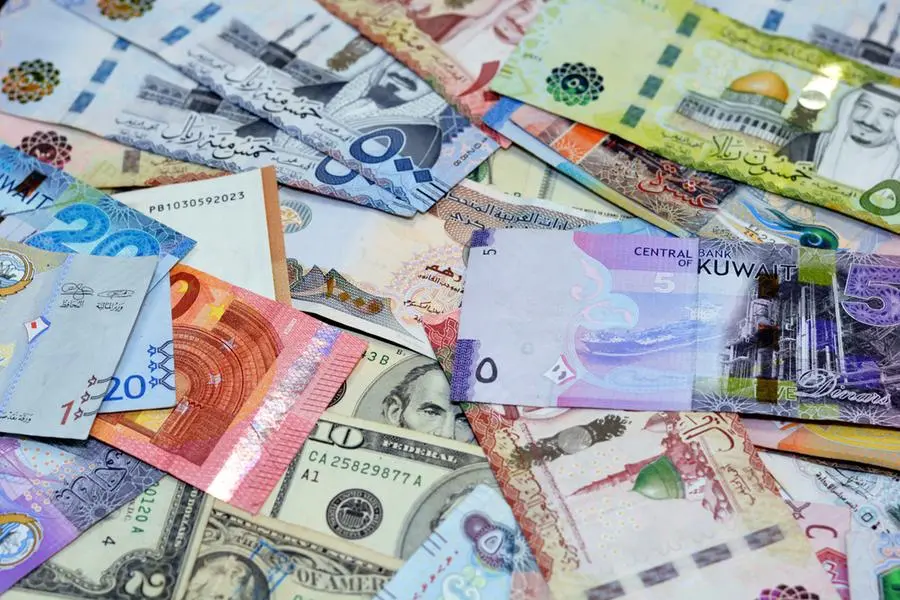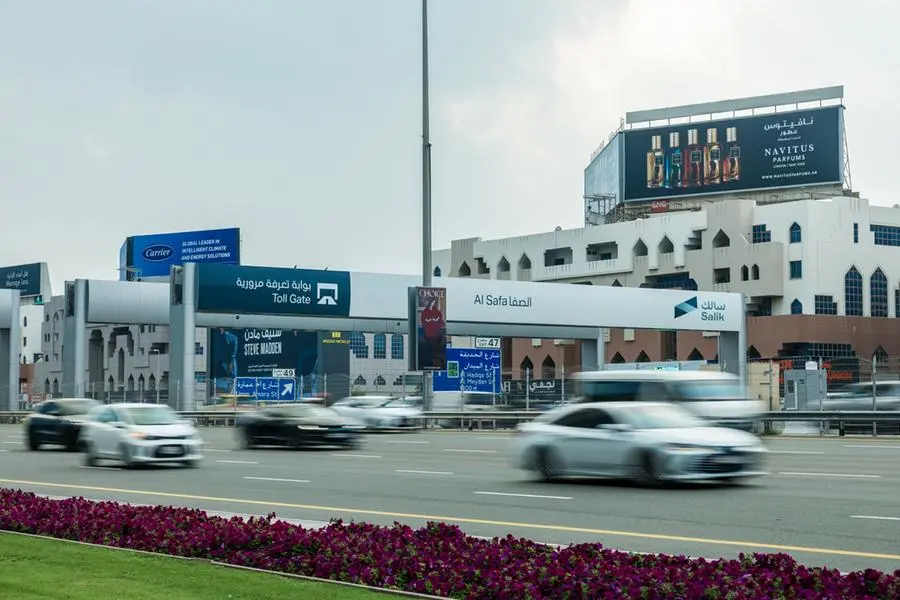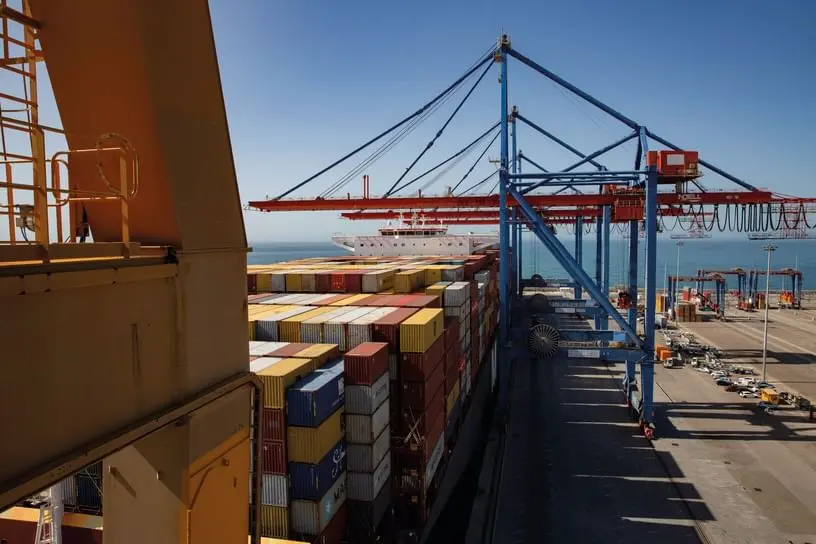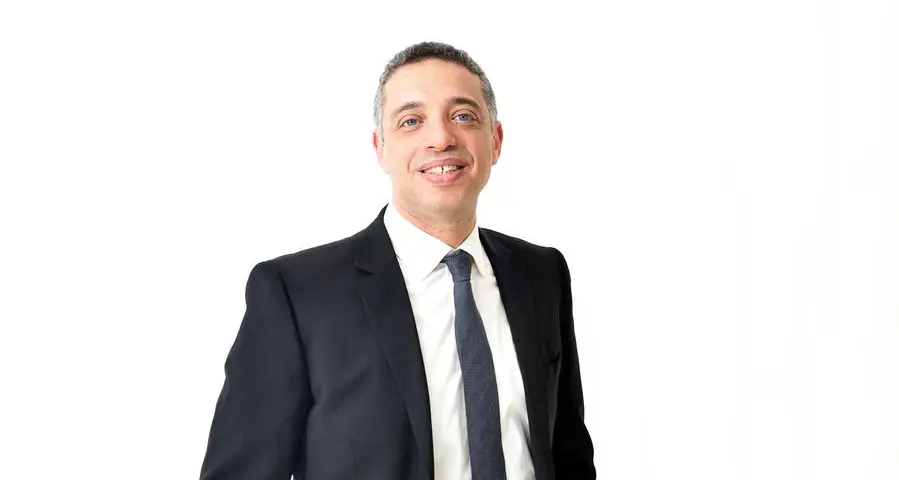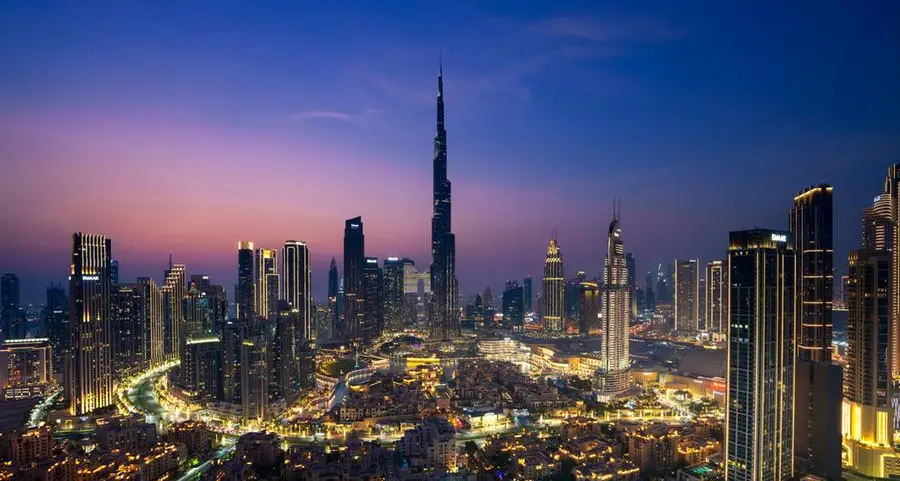PHOTO
A hydrogen pipeline illustrating the transformation of the energy sector towards to ecology, carbon neutral, secure and independent energy sources to replace natural gas. 3d rendering
Oman intends to build its own dedicated hydrogen infrastructure and studies are currently underway to assess various possibilities, said Cornelius Matthes, Chief Executive Officer, Dii Desert Energy.
“France-based Geostock is assessing at a very high level the geological potential for underground storage in Oman,” Matthes said giving an overview of the hydrogen developments in the region during a discussion organised by World Hydrogen Leaders.
Storage in lined rock caverns could be considered as a viable option as distance of the three Omani ports from salt cavern locations range from 35-80 kilometres, he said.
He continued: “A fully dedicated new hydrogen pipeline network connecting Salalah, Duqm, Sohar and Muscat is at the early planning stage. Repurposing existing gas networks is not likely to be achievable due to the substantial costs involved.”
He added that Oman plans to build hydrogen filling station infrastructure across the country. Last week, Oman Airports allotted land for the country’s first hybrid hydrogen station, which is expected to start operations in 2024.
Role of ports
Oman’s ports will play a key role in hydrogen logistics in terms of hydrogen production, liquefication, storage, and bunkering, and also as hubs for collection and further distribution of hydrogen, according to Matthes.
“For Oman, ports are the only gateways for bulk export of low-emission molecules and export via pipelines is not expected to play any role for the main future offtakers,” he said.
He noted that the Sultanate “is perfectly positioned geographically” to become a green fuel bunkering hub.
“We see a surge in dual fuel engines which can use methanol and we hear from our partners that ammonia engines for ships will be ready from 2024.”
“Oman might be able to take a leading role in boosting the global ammonia market which is expected to rise three to six-fold (from 185 Metric tonnes (Mt) in 2020 to 540Mt-1140Mt by 2050). Ammonia has a clear edge as the transport vector of choice for most projects announced through 2030. E-methanol could play an important role in the industrial development of the country, leveraging on the current total production capacity of 3 million tonnes.”
Ports can also become early adopters of hydrogen as they decarbonise, he added.
On government support, he said, Oman is providing a comprehensive top-down framework to advance the industry but not much in terms of production incentives, like the US has done with the Inflation Reduction Act. He said the support could be more indirect in the form of a framework for quotas and potentially a carbon price.
Speaking about developments in the UAE, he said the federal hydrogen strategy for UAE is expected to be announced in the second quarter, and Abu Dhabi’s Department of Energy will very soon be publishing a local framework or regulation for hydrogen. “It is in coordination phase,” he disclosed.
Read more:
Oman signs terms sheets for 6 green hydrogen projects worth more than $20bln
(Reporting by Sowmya Sundar; Editing by Anoop Menon)
